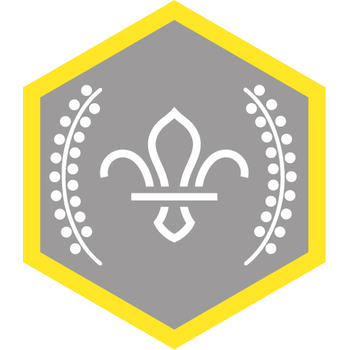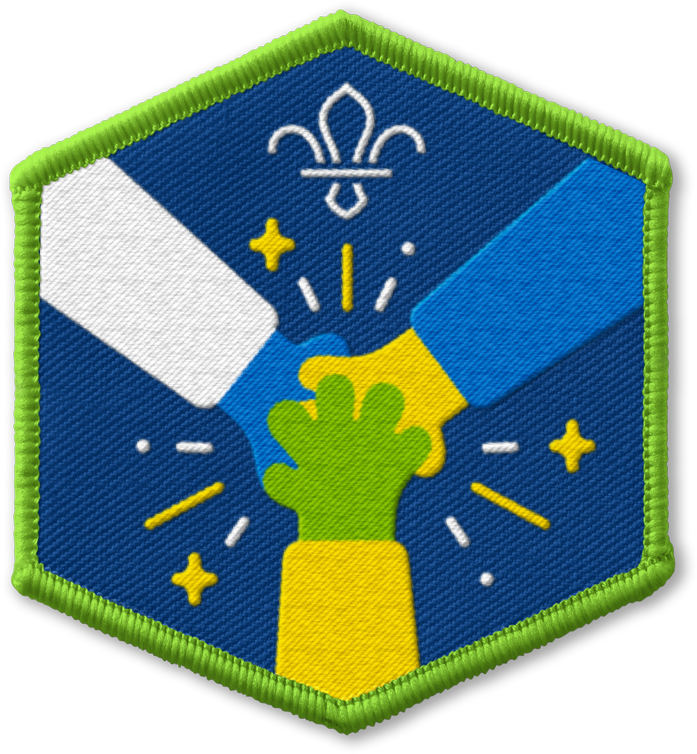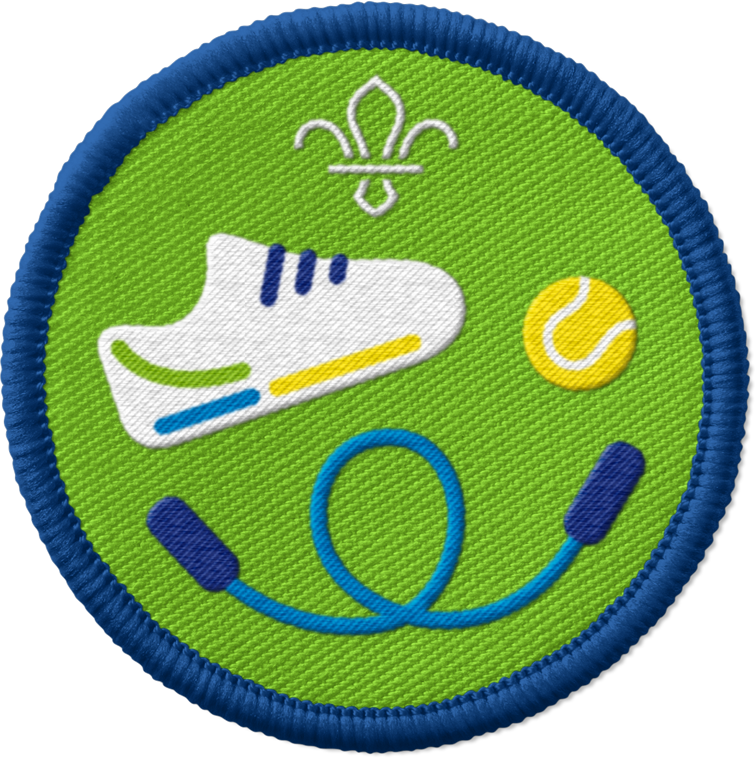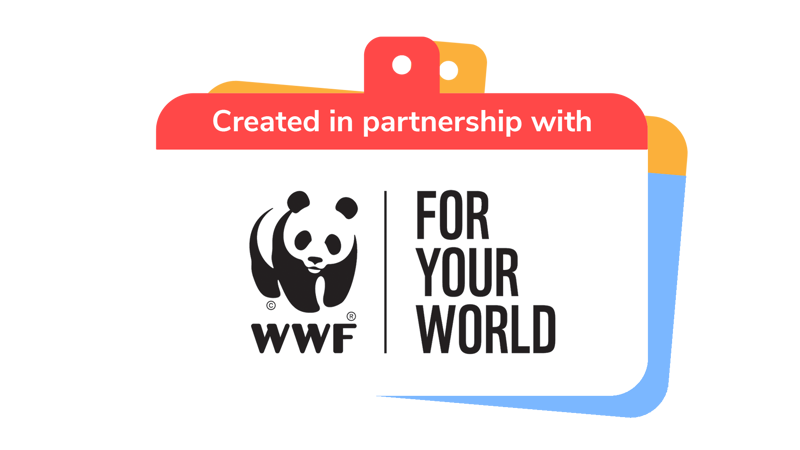
Plastic or prey?
You’ll need
- Scissors
- Printout of the 'Ocean creature cards' sheet
Before you begin
- The person leading the activity should use scissors to cut out the fact cards from the 'Ocean creature cards’ sheet.
- Clear as much floor space as possible in the space where the activity will take place. This space should be fairly large with few obstacles.
Run the activity
- The person leading the activity should choose one person to be a ‘sea creature.’ That person can choose any animal they like so long as it lives in the sea, such as a whale or a dolphin.
- The person leading the activity should give the person who is the sea creature a task to do somewhere out of earshot, for example in another room.
- While the sea creature is out of the room, the person leading the activity should quietly split the rest of the group in half. One half of the group should be given the cut-out fact cards to put in their pockets. That half of the group are the ‘plastic.’ The other half of the group should be told that they are ‘food.’
- Everyone can now come back together again, except for the sea creature.
- Everyone should spread out around the room and pretend to be swimming under the sea. No one should touch one another, and both the food and the plastic should move in the same way. The person leading the activity should fetch the sea creature and bring them into the game.
- The sea creature should move around the room and look for its dinner. When they get close to one of the people moving around the room, the sea creature should reach out and touch them. When a person is touched, they should call out ‘I’m food’ or ‘I’m plastic.’ The sea creature should call out ‘Yum!’ if they are food or ‘Yuck!’ if they are plastic.
- If a person who is food is caught, they should sit down and the sea creature should continue moving around the room. If a person who is plastic is caught, they should take out their fact card and read it out loud before sitting down. The sea creature may continue around the room until they have touched three plastics.
- When three plastics have been touched by the sea creature, the person leading the activity should choose another sea creature from the people sitting down, remove the three plastic facts that have been read out and restart the game. Those who were food and got eaten may also rejoin the game.
- After four rounds, all of the plastic facts should have been read out.

This activity helps contribute towards some of the UN's Sustainable Development Goals. Find out more about the SDGs, and how Scouts across the world are getting involved.
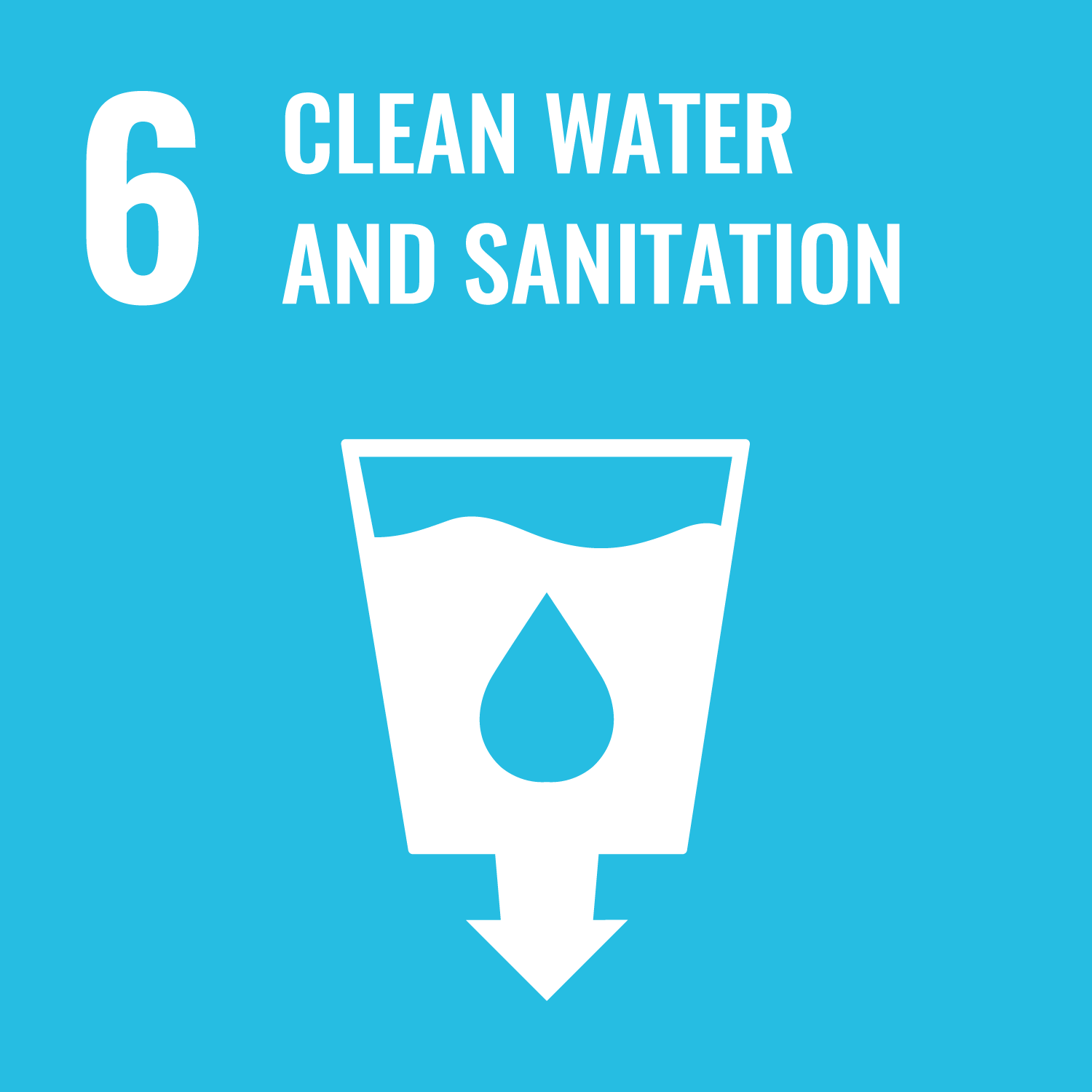
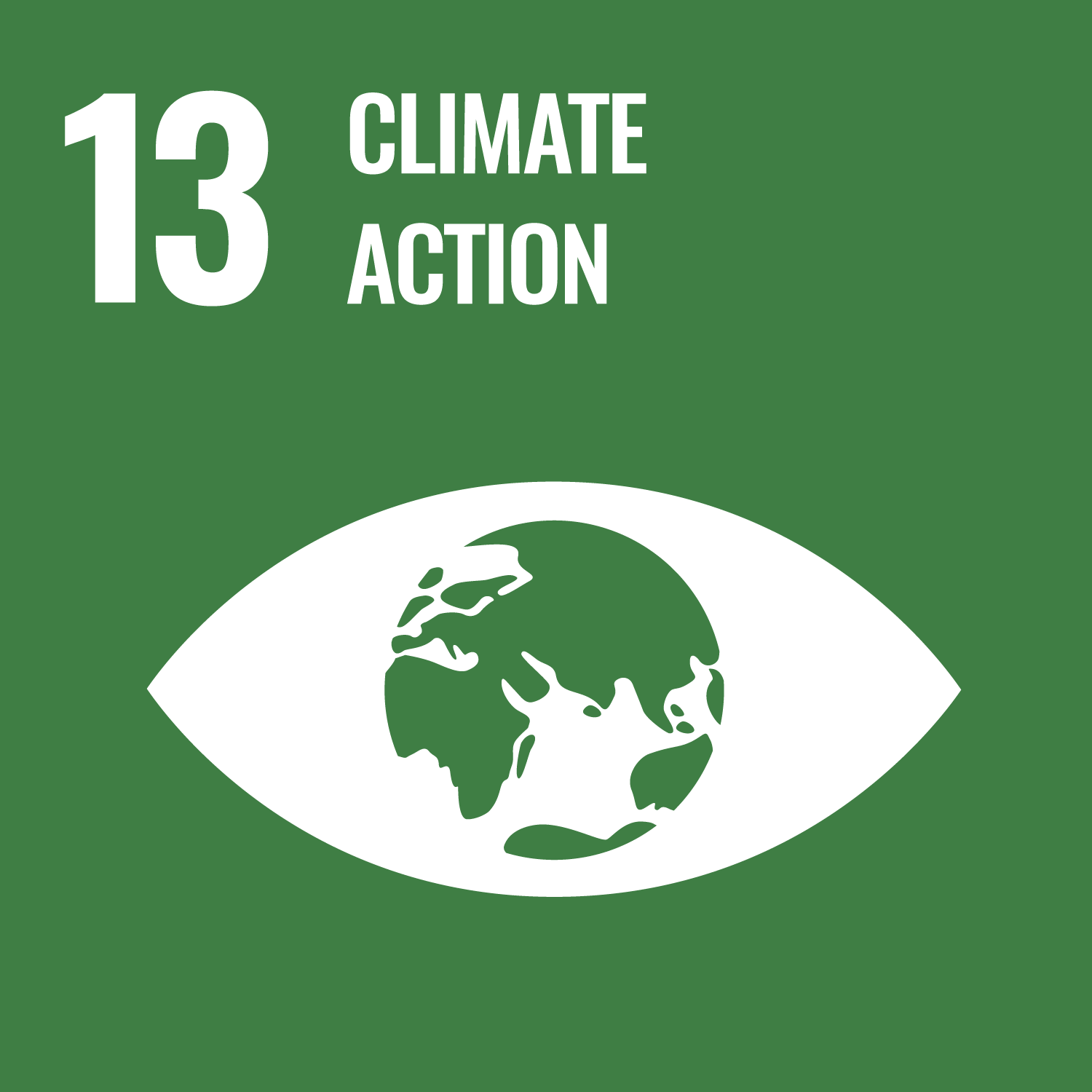

Reflection
The group have played a game that showed what life can be like for marine animals. Which of the plastic facts did the group think were the most shocking? What kinds of items that contain plastic are likely to end up in the ocean?
When there was more food in the game than plastic after the first round, it became easier for the sea creature to find their dinner! What does this tell us about what we could do to help marine animals? How could we remove plastic from the oceans before it can be eaten?
Safety
All activities must be safely managed. You must complete a thorough risk assessment and take appropriate steps to reduce risk. Use the safety checklist to help you plan and risk assess your activity. Always get approval for the activity, and have suitable supervision and an InTouch process.
- Scissors
Supervise young people appropriately when they’re using scissors. Store all sharp objects securely, out of the reach of young people.
- Active games
The game area should be free of hazards. Explain the rules of the game clearly and have a clear way to communicate that the game must stop when needed. Take a look at our guidance on running active games safely.
- Contact games and activities
Make sure everyone understands what contact is acceptable, and monitor contact throughout the activity.
Older members of the group who are the sea creature may prefer to hear a ‘True’ or ‘False’ question, rather than a fact. If they get it right, they can continue on their way, but if they guess wrong they are out.
Help or support to read the fact cards may need to be given for those who need it.
All Scout activities should be inclusive and accessible.
The group should look at the issues raised by this activity by choosing a sea creature or plant and finding out how it interacts with plastics. They could choose one from the plastic fact cards or another organism. They could use this information to play a more detailed version of ‘Plastic or prey,’ or to create some sea creature and plastic Top Trumps.
Some groups may wish to address the problem of removing plastics from our oceans. This is a fundamental issue affecting our environment that does not seem to have a clear solution. The group could come up with ideas for inventions (i.e. devices), programmes or policies that could help solve the problem.
Groups close to the coasts can support the local marine life by helping clean beaches. Those further from the sea could think about ways that they can recycle more of their plastics or cut down on those that they use every day.
Discover more at https://www.wwf.org.uk/

